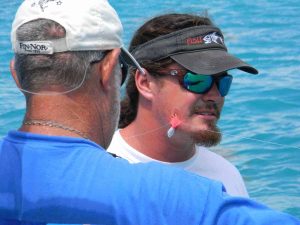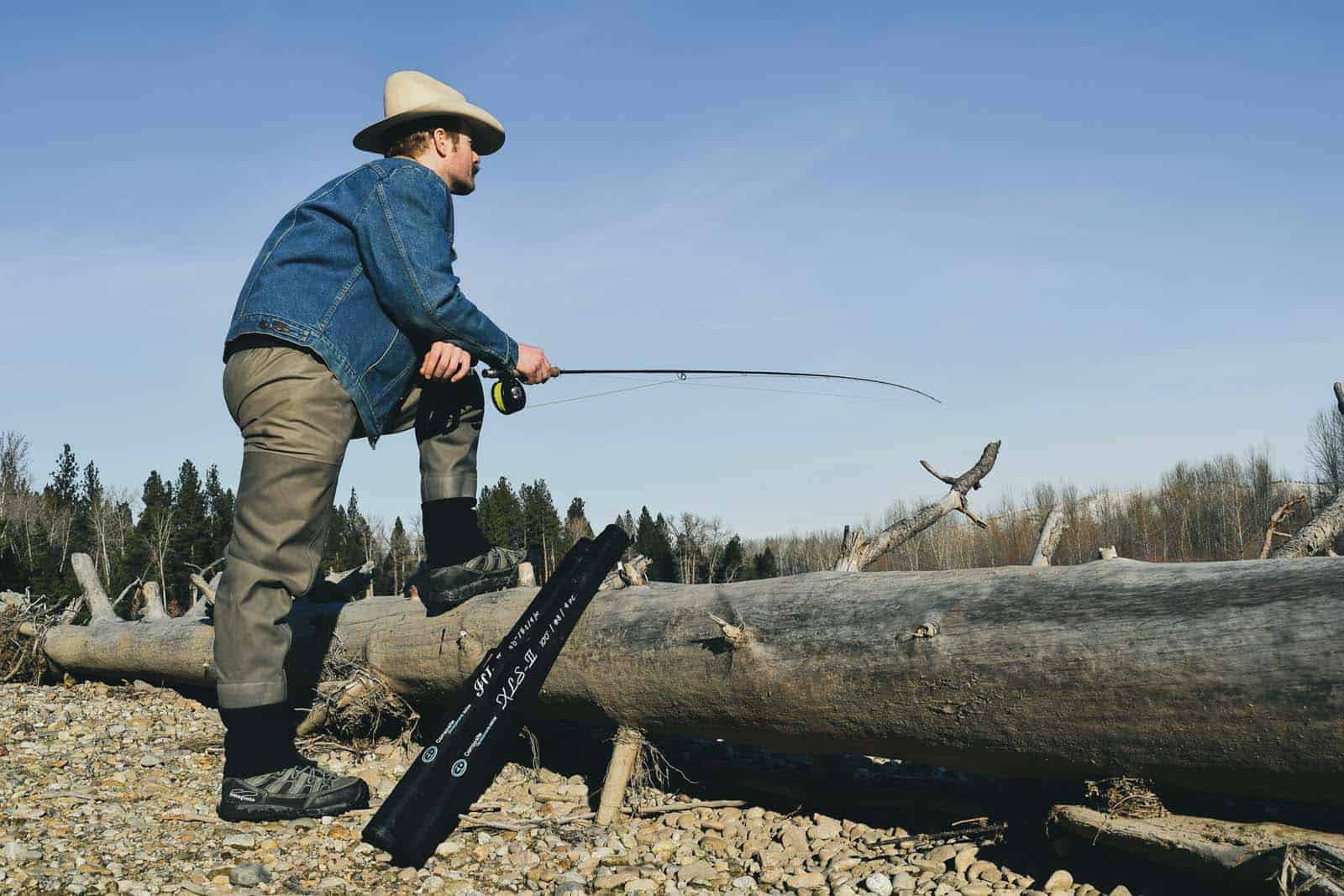If You Want Something Done Right (or Wrong) Do it Yourself.
I haven’t heard all of the details yet, but I gather that a couple old fishing buddies of mine arranged for a helicopter to take them, a raft, and a Spartan camp into the Canadian Neverland on a summer steelhead extravaganza. The jealous bone began to ache when I heard the news that this mission was a go, then throbbed when I saw the ensuing photographs.





That trip sits atop my remaining musts, conducted just the way these guys did, the old do-it-yourself method.

I’ve had the good fortune to travel to many places to fish. Standing on the shoulders of giants, I’ve experienced some of my most memorable tussles in foreign waters where I was oblivious to the rhythm of the seas.


I was taxied to the fish and cast where I was told to cast. I learned a helluva’ lot about flyfishing from seasoned guides and captains; lessons that I would have never picked up my own. Hiring an expert to lead the path is the best way to straighten the learning curve throughout the complex flyfishing curriculum from stream to river, pond to lake, and flat to bluewater.
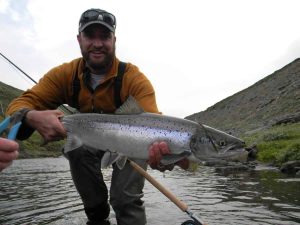


However, these days, I prefer to do things on my own, pass or fail. In terms of fishing success, the latter often prevails, but the planning and preparation keeps my mind focused and free from distractions like Russian collusion and cat videos. My free time is spent in anticipation of an adventure, whether it’s a 2-day pike trip on local waters or a multi-day excursion involving complex travel itineraries.
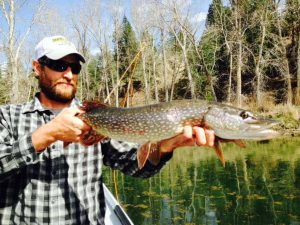
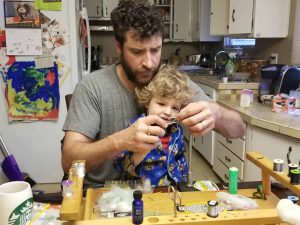
Ten years ago I was cordially invited to Alaska. My hosts for the week were 3 guys that were consumed by Chinook salmon. They had dedicated themselves to this fishery and had boats and an entire camp stashed in Quonset huts in a remote Alaskan village. This trip was the highlight of their year. We caught kings and chums primed with energy from the Bering Sea.



I was certainly low man on the totem pole when it came to the fish count (especially the big Kings.) I’d been out of the anadromous fishing scene for a bit and was ill prepared to handle the size of the river. I couldn’t reach the mid-river traveling routes the largest fish used with my tackle and skills, or lack thereof. I should’ve known better, my friend provided all the information I needed, but I didn’t listen, and I didn’t practice. I still had the time of my life but I failed to take full advantage of the opportunity in front of me.
My brother-in-law was half-raised in Mexico, and knows the country, and the language, intimately. He and my sister had found a gem in the Mayan Riviera and invited my wife and I to join them. We brought our one-year old along, and enough rod tubes to draw suspicion from customs agents (my wife wondered if I was simply relocating to Mexico.)




The trip was a whim, as some of the best ones are, and we rendezvoused in Cancun with no real idea of our final destination. I awoke the first morning and realized I was at the northern tip of the Mesoamerican Barrier Reef System, and my only company on the serene flat that morning was a half-dozen sickle tails. I spent the entire week consumed by the barracuda, bonefish, jacks, snapper and permit that fed daily in the shallow flat in front of our digs. We ate the catch-of-the-day all week.




The local fishermen became more approachable daily, and via broken Spanglish I began to understand the timing of the tides, specifically, when the giant permit were most likely to show up.
On the last day of the trip, one of the generous locals offered some frozen sardinas for the four-foot barracuda that had eluded me in the bay. When he showed up I left the fly rod on the beach and he took the bait. That fish bit everywhere but the hook and still haunts me. But I digress; the point is that in this case, I had everything I needed to strike while the iron was hot (except a fly that the damned permit would eat!) Thanks to my previous experiences in the saltwater with experienced guides and fishermen I came prepared.
If you have the means, by all means, hire an expert on intrepid forays into unfamiliar waters (and for God’s and guide’s sakes, practice your casting before you arrive.) You’ll catch more fish, meet interesting people, and learn more about the diverse sport of flyfishing than you’ll ever teach yourself.
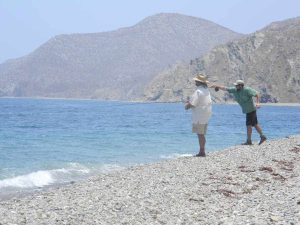
Apply this knowledge on your own DIY adventures and do your homework. Select a destination where you can access the fishing grounds on your own and go explore. Learn to read the tides, time the runs, decipher the hatches, and crack the codes. Keep your expectations reasonable. The only guarantee on a DIY adventure is a high probability of unpredictability. As my dad used to say at the close of one of our family outdoor misadventures, “you never remember the trips where everything goes as planned.”
